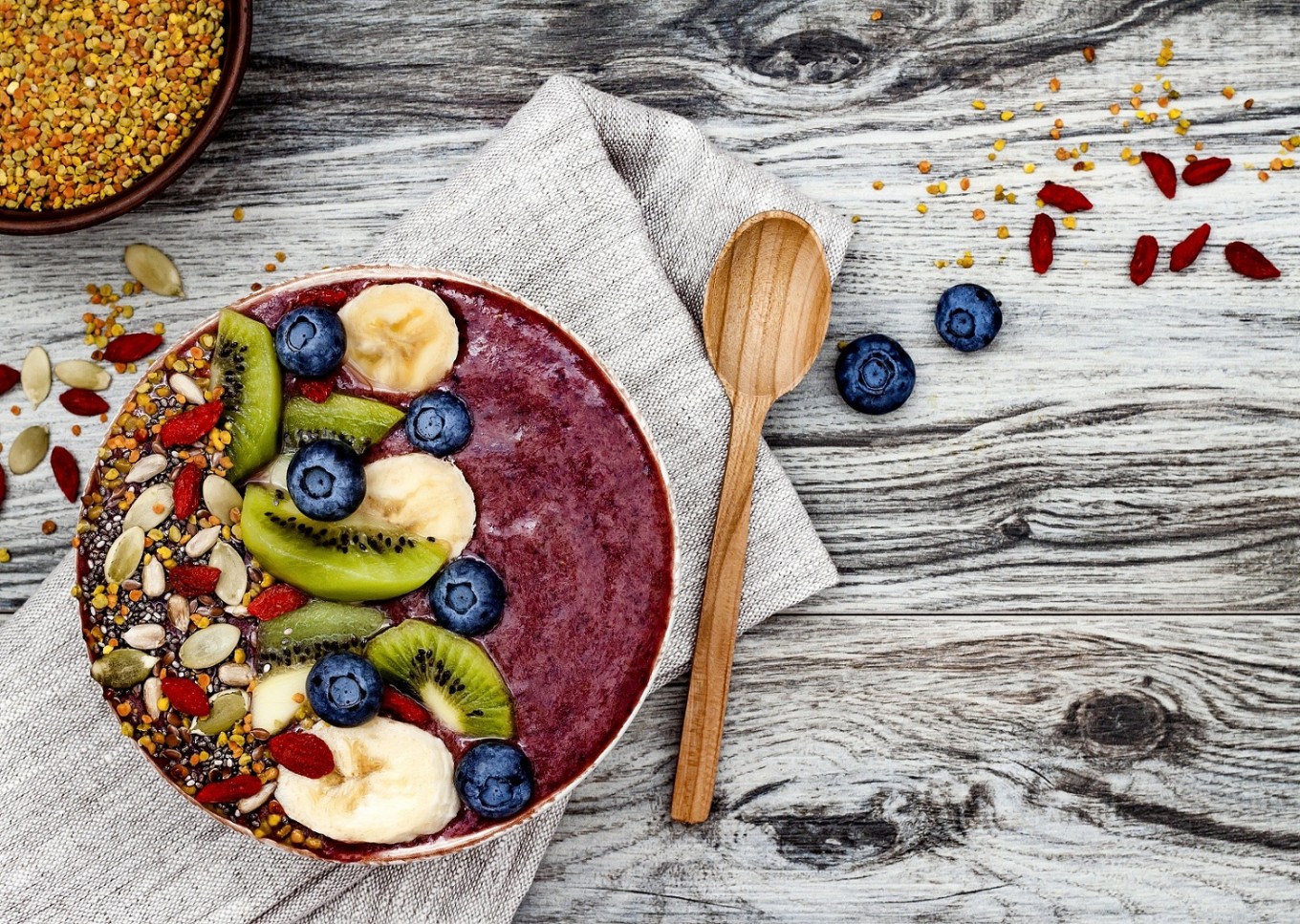Five 'superfoods' that might not be so super after all
Why pay more when there are less expensive options are available?
Change Size
 Acai berries are rich in vitamin C, but so are the majority of fruits, notably kiwi fruit and in particular golden kiwi fruit. (Shutterstock/File)
Acai berries are rich in vitamin C, but so are the majority of fruits, notably kiwi fruit and in particular golden kiwi fruit. (Shutterstock/File)
I
f you love following health food trends, you would know these so-called superfoods – acai berries, goji, kale, pineapples and mares’ milk.
However, there’s really no rush to go out and buy them says nutritionist Raphael Gruman.
Why pay more when there are less expensive options are available?
Here are the trending superfoods and how ‘super’ they really are.
Acai berries
The fruit of the South American acai palm is a big seller in organic grocery stores.
Acai berries are rich in vitamin C, but so are the majority of fruits, notably kiwi fruit and in particular golden kiwi fruit.
“The benefits of Acai berries come at a very high cost,” said nutritionist Raphaël Gruman.
Citrus fruit (clementines, lemons, oranges and grapefruit) are also rich in vitamin C, as are blackcurrants and red berries.
And vitamin C can also be found in vegetables like turnips, cabbage, peppers, fennel and spinach.
Read also: ‘Jamie’s Super Food’ shares secrets of healthy living
Goji berries
Much vaunted for their supposed health benefits, goji berries, have been over-promoted, says Gruman.
“There are other foods that are equally rich in antioxidants, for example pomegranates, that are less expensive than goji berries.
“What is more, consuming antioxidants from the widest possible range of sources is the best way to protect the body from free radicals.”
It’s also difficult to find goji berries that have not been treated with pesticides, and they can cause allergic reactions in some people.
Kale or leaf cabbage
According to Gruman, the trend for kale, which is hugely fashionable, is largely “fueled by marketing”.
The green vegetable “does not deserve so much media attention, even though it does have antioxidants.”
Proof of the hype for this hip cabbage can be found on the shelves of upmarket and organic grocery stores which now sell kale juice, kale soup and a growing number of other derivative products.
Many studies have shown that green vegetables – notably spinach – green beans, peppers, carrots, tomatoes and vegetables in the brassicaceae family (cabbage, broccoli, cauliflower) can help to protect against cancer.
Read also: Why mushroom coffee is hailed as next superfood
Pineapple
Pineapples contain bromelain, a compound that can promote weight loss.
However, the compound is mainly found in the stem of the fruit and hardly at all in the flesh.
So eating pineapple regularly won’t help you shed any extra pounds.
And don’t forget that pineapple, which has a glycemic index of 50 as opposed to 25 for strawberries or blueberries, has quite a high sugar content.
Mare’s milk
Lauded for its beneficial effects on digestion, intestinal flora, and overall health, mare’s milk has yet to prove its merits.
“Expensive and frankly not very environmentally friendly to produce, there are no scientific studies that prove its benefits,” points out Gruman.
As for its nutritional qualities, mare’s milk contains plenty of lactose, very little fat and a good quantity of vitamin C.









